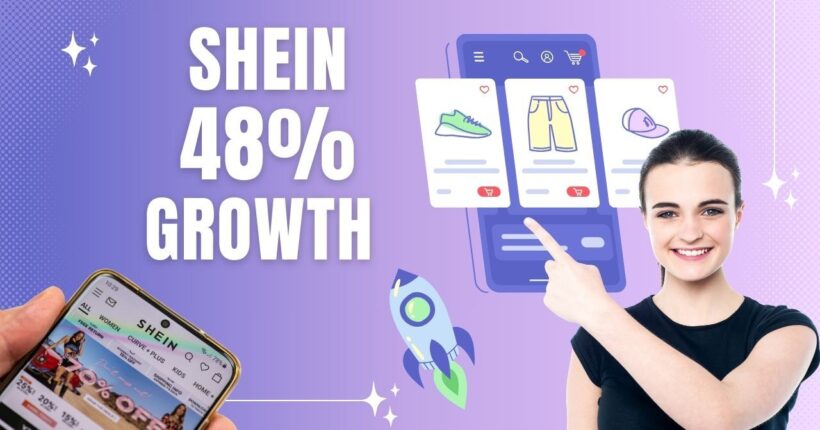
LinkedIn launched the Conversions API in response to a growing issue in B2B marketing—an increasingly longer purchase cycle and difficulties in measuring the long-term impact of campaigns. According to the platform’s report, up to 87% of B2B marketers admit to problems demonstrating the long-term value of their activities, which in practice means complicated justification of marketing budgets.
The Conversions API allows you to connect your own data (first-party data), including offline customer interactions, with the LinkedIn platform.
In practice, this means you can track the customer’s complex journey from the first click on an advertisement to offline meetings or telephone sales.
Significant Improvement in Campaign Performance
Early implementation results show improvements in key metrics—from an almost one-third increase in attributed conversions to a 39% reduction in qualified lead costs. In a competitive e-commerce environment, this can represent a decisive advantage in acquiring and converting potential customers.
Long-term Results Tracking
With the enhanced Revenue Attribution Report, you gain a 365-day retrospective analysis period. For projects with a longer purchase cycle (such as B2B e-commerce platforms, custom solutions, or more expensive products), this provides a clearer picture of the true return on investment.
Practical Use of AI in Conjunction with the New API
The future of measurement in e-commerce belongs to artificial intelligence. We can expect more accurate predictions of purchasing behavior, optimization of marketing expenditure, and better prioritization of potential customers.
“90% of B2B marketers agree that when using AI to create and optimise campaigns, they record a better return on investment. Research has shown they use AI to improve audience segmentation and targeting (57%), perform predictive analysis to improve performance and potential customer scoring (55%), automate routine tasks (53%), and provide real-time advertising spend optimisation and creative content (53%),” the platform states.
In any case, more precise conversion measurement and the ability to connect online and offline data represent a trend that will continue to strengthen in e-commerce marketing regardless of platform. The key to success remains a strategic approach to data and the ability to adapt global tools to local conditions.
The Conversions API represents just one of LinkedIn’s steps in an effort to improve marketing tools on the platform.




